The Old City
UNESCO, noting Aleppo's history 'as one of the key centres along the legendary Silk Roads' and its status as 'one of the world's oldest continually inhabited urban cities,' had inscribed it on its World Heritage List in 1986.
The ruined city, which has been the worst-hit city in the Syrian civil war, fell into government hands on December 13, 2016 after the last of the rebels surrendered or were pushed out.
UNESCO, noting Aleppo's history 'as one of the key centres along the legendary Silk Roads' and its status as 'one of the world's oldest continually inhabited urban cities,' had inscribed it on its World Heritage List in 1986.
The ruined city, which has been the worst-hit city in the Syrian civil war, fell into government hands on December 13, 2016 after the last of the rebels surrendered or were pushed out.

Wikimedia Commons

Reuters
Aleppo's heart: Its ancient souks
The old city and its souks, most dating back to the 14th and 15th centuries, lay at the heart of every day life in Aleppo.
The al-Madina Souk was also the largest covered historic market in the world and a major trade centre for imported goods as well as local products.
The battle reduced it to rubble in September 2012.
The old city and its souks, most dating back to the 14th and 15th centuries, lay at the heart of every day life in Aleppo.
The al-Madina Souk was also the largest covered historic market in the world and a major trade centre for imported goods as well as local products.
The battle reduced it to rubble in September 2012.

Fabian Bimmer/Reuters

Reuters
A citadel to history
According to UNESCO, the Citadel was built on the site of the former Roman acropolis within the old walled city overlooking the bazar and mosques and madrasas, reminding us of the strategic importance of Aleppo for Arab rulers in the Golden Age of the Silk Roads.
The citadel -- considered to be one of the oldest and largest castles in the world and where Syrian President Bashar al-Assad and his wife were seen attending concerts -- is now damaged and controlled by forces loyal to Assad.
According to UNESCO, the Citadel was built on the site of the former Roman acropolis within the old walled city overlooking the bazar and mosques and madrasas, reminding us of the strategic importance of Aleppo for Arab rulers in the Golden Age of the Silk Roads.
The citadel -- considered to be one of the oldest and largest castles in the world and where Syrian President Bashar al-Assad and his wife were seen attending concerts -- is now damaged and controlled by forces loyal to Assad.
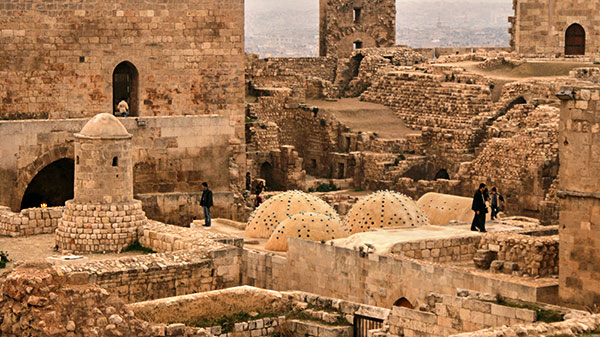
Khalil Ashawi/Reuters

George Ourfalian/Reuters
The Great Mosque of Aleppo
The Umayyad mosque, which was built between the 8th and 13th centuries, was part of the heritage that led to Aleppo being chosen by the Islamic conference organization to become the capital of Arab-Islamic culture in 2006.
The battle reduced even the mosque -- seen here on December 13, 2016, after the fall of Aleppo -- to ruins.
The Umayyad mosque, which was built between the 8th and 13th centuries, was part of the heritage that led to Aleppo being chosen by the Islamic conference organization to become the capital of Arab-Islamic culture in 2006.
The battle reduced even the mosque -- seen here on December 13, 2016, after the fall of Aleppo -- to ruins.

Khalil Ashawi/Reuters
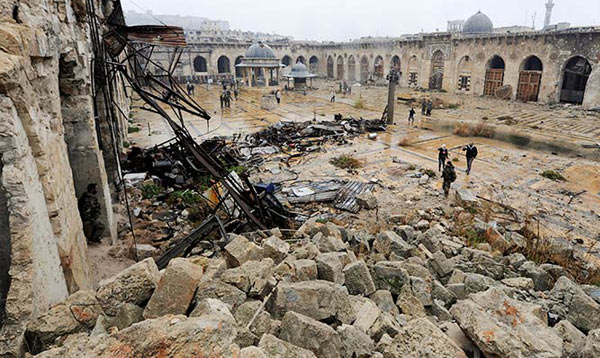
Omar Sanadiki/Reuters
In the Christian quarter
The Saint Elias Cathedral, an Eastern Catholic church in Farhat Square. It was completed in 1873, replacing a smaller medieval church.
Though largely unscathed the cathedral, photographed on December 10, 2016, no longer lights up.
The Saint Elias Cathedral, an Eastern Catholic church in Farhat Square. It was completed in 1873, replacing a smaller medieval church.
Though largely unscathed the cathedral, photographed on December 10, 2016, no longer lights up.

Wikimedia Commons
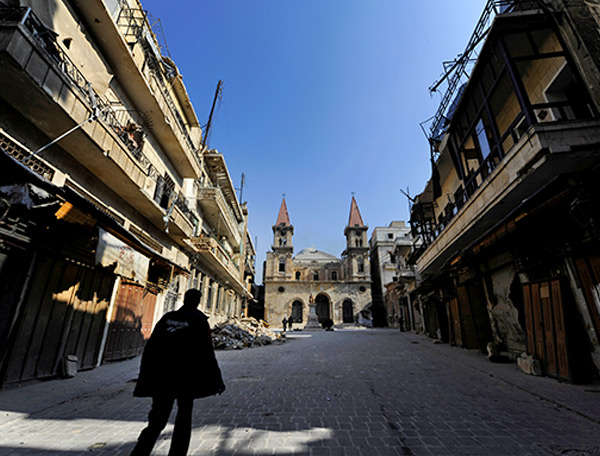
Omar Sanadiki/Reuters
Aleppo River
The once beautiful Queiq river, also known as the Aleppo river, became the river of horrors during the civil war.
Starting in late January 2013 to March 2013, hundreds of bodies of men and boys, who had been tortured, began appearing in the river leading to it being christened 'The River of Martyrs.'
The once beautiful Queiq river, also known as the Aleppo river, became the river of horrors during the civil war.
Starting in late January 2013 to March 2013, hundreds of bodies of men and boys, who had been tortured, began appearing in the river leading to it being christened 'The River of Martyrs.'
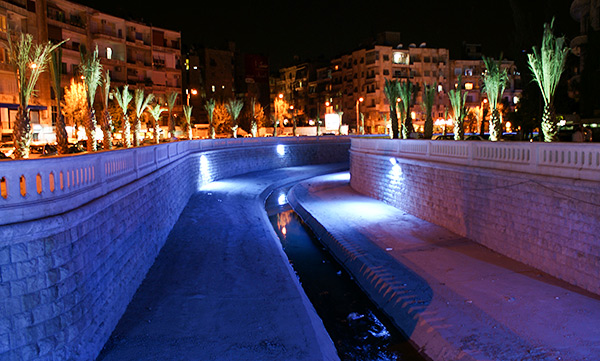
Khalil Ashawi/Reuters

Khalil Ashawi/Reuters
A landmark
Like night and day -- the once bustling area around Bab al-Faraj Clock Tower stands forlorn this December.
Like night and day -- the once bustling area around Bab al-Faraj Clock Tower stands forlorn this December.

Khalil Ashawi/Reuters

Omar Sanadiki/Reuters
The historic neighbourhood of Al Jdeideh
What was a quaint neighbourhood -- known for winding alleys and richly decorated mansions -- turned into a battleground.
What was a quaint neighbourhood -- known for winding alleys and richly decorated mansions -- turned into a battleground.

Khalil Ashawi/Reuters

Ammar Abdullah/Reuters
Hotel Carlton Citadel
Like many tourist destinations the popular Carlton Citadel Hotel fell to bombings.
Like many tourist destinations the popular Carlton Citadel Hotel fell to bombings.
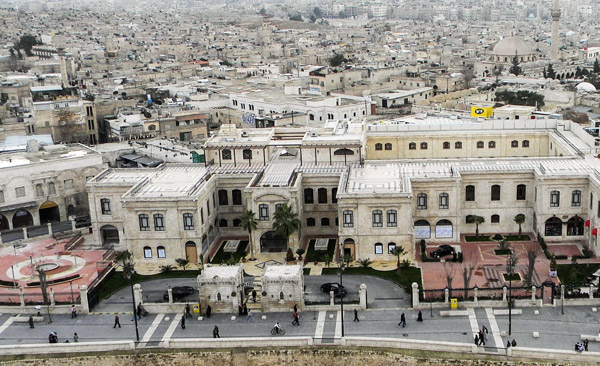
Wikimedia Commons

Abdalrhman Ismail/Reuters
Once a gastronomic delight
A city that was once the culinary capital of the Middle East and boasted organizations like the Syrian Academy of Gastronomy has been reduced to one where civilians now wait in queues for food aid from Syrian and Russian authorities.
A city that was once the culinary capital of the Middle East and boasted organizations like the Syrian Academy of Gastronomy has been reduced to one where civilians now wait in queues for food aid from Syrian and Russian authorities.
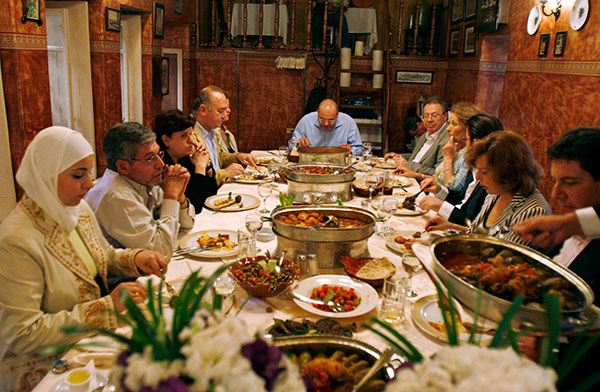
Khaled al-Hariri/Reuters

Omar Sanadiki/Reuters
The Shahba Mall
The Shahba Mall, one of the largest shopping centres in Syria, was targeted by what activists said were airstrikes by forces loyal to Assad in October 2014.
The Shahba Mall, one of the largest shopping centres in Syria, was targeted by what activists said were airstrikes by forces loyal to Assad in October 2014.
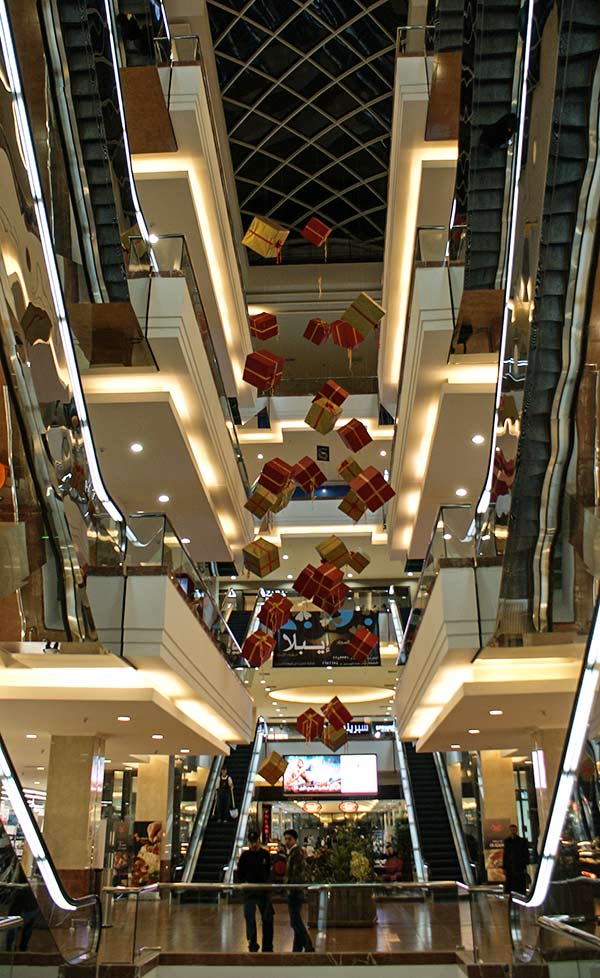
Khalil Ashawi/Reuters

Abdalrhman Ismail/Reuters
Aleppo's home of sports
The Olympic standard, multi-use Aleppo stadium now sits unused amid air strikes and rubble.
The Olympic standard, multi-use Aleppo stadium now sits unused amid air strikes and rubble.
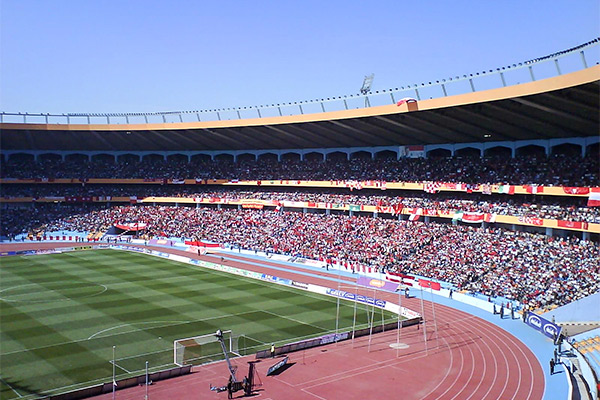
Wikimedia Commons
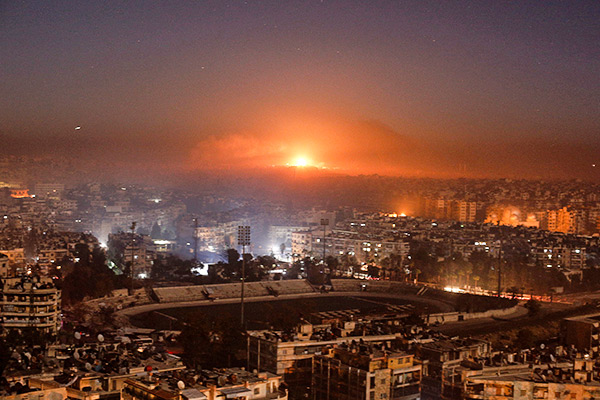
Omar Sanadiki/Reuters